
Laying up your car for the winter
Follow these 10 simple steps to keep your classic protected before you put it away for the winter:
Tip 1 - A Thorough Clean
Any dirt or debris collected by your car, both inside and outside can become problematic during a winter lay up. Exterior contaminants such as bird droppings and road salt can cause paint damage, scratches and of course contribute towards the dreaded rust. Interior contaminants such as food can fester, attract rodents and under damp conditions promote mould or bacteria. A thorough clean inside and outside is the ticket and also a satisfying end to another season of classic motoring. Check out our range of
Autoglym valeting products and leave your car protected for the winter.
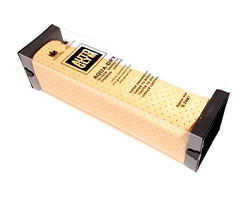
Tip 2 - Oil Transfusion
You’ve probably enjoyed your car sporadically throughout the season and have perhaps started the engine from time to time just to hear that characteristic exhaust note, happy days! The oil in your engine however will have absorbed many byproducts which build up as a result of normal combustion. These byproducts are in fact chemical contaminants which are burnt off with regular use however, if the engine is used sparingly or for short journeys these will attack the precious white metal bearings around your crankshaft. A simple oil change will ensure your engine internals are protected in golden armour. Check out our range of premium oils:

Tip 3 - Parking Up or Jacking Up?
You’ll either be parking the car up or lifting the wheels off the ground for the winter, either way there are considerations. If you’re parking the car up with the weight of the car bearing down on the tyres for winter you may end up with a flat spot on those expensive tyres. You can avoid this by using tyre savers. These are contoured inserts that sit between the tyre and the floor surface and prevent a flat spot from forming. Simply maintain the tyre pressures and you’ll have no problems! If you’re raising the vehicle off the ground you’ll need the appropriate mechanical aids.

Tip 4 - In The Garage or Braving The Elements?
If you’re lucky enough to have a garage for your pride and joy it’s the best protection you could ask for but there are still pitfalls to be aware of and you might never have considered these before. Spider droppings (yes, this actually happens!), UV damage only on the areas exposed to the window light and general dust can all take their toll over winter and unnecessarily so. An indoor car cover is ideal to keep the car cocooned whilst in the garage. If you’re keeping the car outside you’ll need an exterior grade,
tailored car cover to keep the elements at bay.
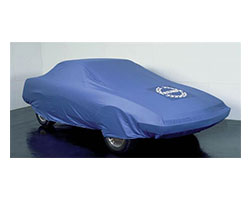
Tip 5 - Battery
There are two schools of thought here and both have their merits. Either disconnect the battery for the entire period of laying up or maintain the battery throughout. So, what are the options? You could keep the battery in situ and install a battery conditioner. This remains connected to the vehicle throughout the lay up period and maintains peak battery condition so that when you need it, the battery is ready to go. Useful if you intend to use the vehicle on that one, sunny and dry winter afternoon. Alternatively you could install a Dis-car-nect battery isolator so that the vehicle is immobilised. The battery however would sit idle and would no doubt require a full charge prior to use.
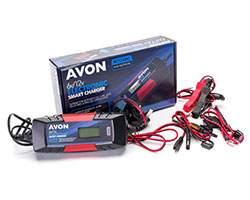
Tip 6 - Mechanical Checks
Leaving any car for a prolonged period of time inevitably leads to some mechanical issues later on when you come to use it again. Some simple, preventative maintenance can help alleviate these issues…….a stitch in time! Leaving the handbrake off and the wheels chocked is probably the easiest step to take and avoids hours and work unseizing brake shoes! It’s also worth greasing the regular lubrication points too, one less job to do in the spring! A service of engine mechanicals wouldn’t go a miss here either but so long as the engine oil has been changed, the full service can probably wait.

Tip 7 - Antifreeze
The cold weather has been the bane of many a classic car in the past with cracked blocks, popped core plugs and burst radiators; all an unfortunate and potentially expensive result of poor maintenance. Check your antifreeze today! If you want the ultimate peace of mind why not convert to waterless coolant? Don’t forget to check the washer fluid tank too!
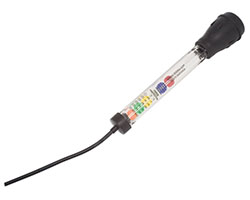
Tip 8 - Bodywork
Stone chips? Sadly they’re a fact of life these days and a small stone chip in the summer can become an unsightly rust patch over the winter. A minute spent with a touch up paint brush in your hand can fix this before it becomes an issue. Check out our range of touch up paints. Once you’ve got the car painted up why not add an extra layer of protection and finish off with a hard coat of wax.
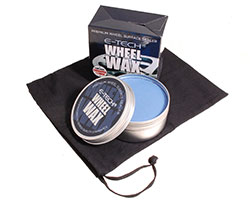
Tip 9 - Old Fuel
We’ve all been there in the spring time, trying to start a car on old fuel and it often feels abusive for the starter motor. The best solution is to run the car until the fuel tank is empty or indeed drain it. You may need to change the fuel filter come the spring time as you will have drawn all of the dirt from the bottom of the tank, but at least you’ll be able to add new fuel from a
jerry can and strike up the engine first time come the spring. You will also reduce the chances of any ethanol erosion on the fuel hoses.
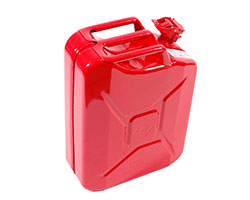
Tip 10 - Inspection
It’s well worth taking the time to air the car periodically on dry days. If the car is in a garage, open the doors and allow the breeze to get in, around and underneath it. If your car is outside but under a cover it’s even more important to do so. It’s also a great time to consider what jobs you need to do so that the car is ready for the next season. Why not browse our
comprehensive catalogues for ideas, essentials and of course those little luxuries you’ve always promised yourself.
